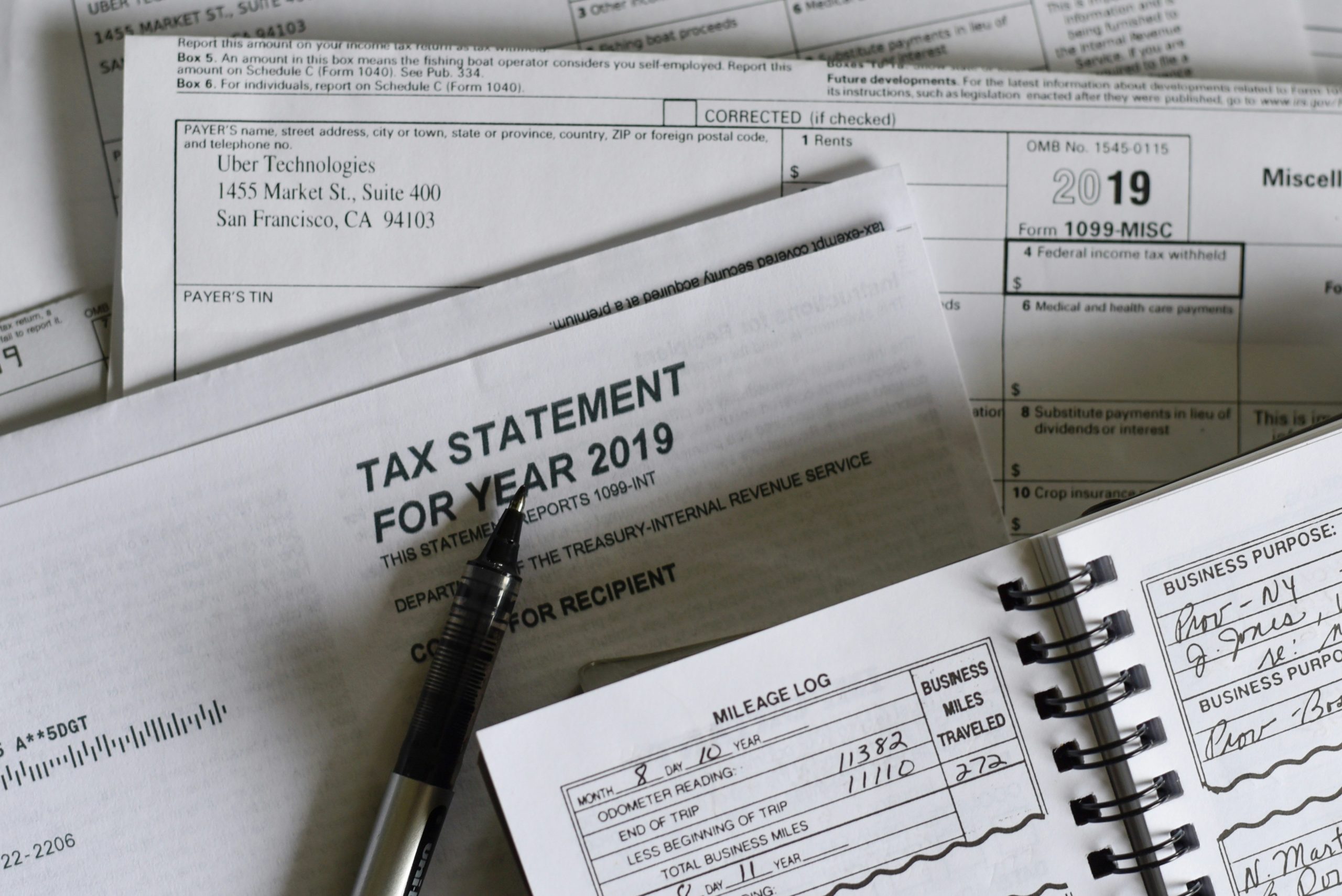Section 10: Your Guide to Tax Exemptions
Exemptions provided under the Section 10 Income Tax serve as a privilege for taxpayers by significantly reducing their tax burden. These exemptions, available in the form of flat deductions, full exemptions of received amounts, and percentages, are crucial components of tax relief within the Income Tax Act.
Hence, the income tax exemptions under Section 10 provide substantial tax relaxations among the various relief options available.
Section 10 Income Tax Exemptions:
Here are the key income tax exemptions available to salaried taxpayers under Section 10.
Section 10(1):
A taxpayer earning income through agricultural activities in India is exempt from tax under the Income Tax Act 1961. Section 2(1A) Act defines agricultural income as:
- Any income derived from land used for agricultural operations, involving the cultivation of produce or crops suitable for sale in the market.
- The section also outlines specific conditions for income sourced from a farmhouse to qualify for exemption. Additionally, income from cultivating saplings or seedlings in a nursery is deemed agricultural income.
- Any rent or income received from land used for agricultural purposes located in India.
Section 10(2):
This section stipulates that any income or profit derived from businesses or investments as a member of a Hindu Undivided Family (HUF) will be tax-exempt in the hands of any member or shareholder in the family. Income for a member of an HUF is eligible for tax exemption only under the following circumstances:
- In the case of an impartible estate, where the income is generated through business activities conducted by the estate belonging to the family.
- Where the income or profit share has been disbursed to the member from the total income generated by the family.
Section 10(2A):
This section of the Section 10 Income Tax specifies that the share of the profit received by the partnership (including the lifelong learning program) is tax free. However, the exemption under this provision is limited to the share of profits derived from a limited liability partnership (LLP) or other business and does not include any capital interest or remuneration received by a partner..
Section 10(4)(i):
According to Section 10(4)(i), any income generated by a non-resident from interest received on certain specified securities or bonds also encompasses income from the premium on the redemption of those bonds.
Section 10(4)(ii):
Any interest income credited to a Non-Resident (External) Account in an Indian bank is exempted as per the law. However, this provision applies only to individuals who are residents outside of India or those who have obtained permission from the Reserve Bank of India to maintain such a bank account.
Section 10(5):
According to this section, employers of certain organizations provide travel concessions or assistance to employees and their families if:
- If he or she is traveling to any place in India
- After retirement or termination of service, they go on a trip to explore different places in India.
The income tax exemption specified under (5) will only apply if:
- The starting point and the destination of the journey must be connected by rail and the mode of transport can be any means other than air. The exemption limit is limited to the price of an air-conditioned first class train and applies to the shortest route to the destination.
- The journey is by air and the exemption limit is limited to the economy fare of the airline. This applies to the shortest route to the destination.
- In areas with accessible public transportation, employees must utilize the shortest route to their destination. Additionally, the exemption limit should not exceed the fare for first-class or deluxe-class travel.
- If a public transport system is unavailable, the exempted amount will be limited to the air-conditioned first-class rail fare.
Section 10(6):
Here is a list of income that is exempted under the provisions of this section for salary or compensation received by an individual who is not an Indian citizen.
- Remuneration received by a consular officer of a foreign state while in India under Section 10(6)(ii)
- Remuneration in the form of a monetary sum received by a trade commissioner or individuals holding significant official positions in India on behalf of a foreign state under Section 10(6)(ii)
- Any funds received by an employee serving as an ambassador or holding a higher-ranking official position within the Embassy or High Commission of any foreign state in India under Section 10(6)(ii)
- Income earned as an employee of a foreign enterprise, as per Section 10(6)(vi).
- The salary earned from employment on a foreign ship, as per Section 10(6)(viii), provided the total duration of stay does not exceed 90 days in the preceding year.
- The compensation received by an employee of a foreign government during their stay in India for training purposes, in accordance with Section 10(6)(xi).
Section 10(7):
Allowances or perquisites provided by the Government to a citizen of India rendering services outside the country are exempt from income tax. The following conditions outline the criteria for granting this tax exemption:
- Payment must be made by the Government of India.
- The income generated must fall under the “Salary” head for taxation purposes.
- The recipient of this income must be a citizen of India with a residential status of “Resident” or “Non-Resident.”
- The services rendered by the recipient must be conducted outside India.
Section 10(10):
Gratuity is a payment made by an employer to an employee as a token of appreciation for their past services. This amount can be received in two different ways:
- Directly to employees upon their retirement.
- To the family member or legal heir upon the employee’s death.
In both scenarios, as outlined in the gratuity amount received is exempted up to a specified limit. If the recipient receives gratuity upon retirement, it must be classified under the “Salaries” head for taxation purposes.
Alternatively, if the payment is made to a legal heir of a deceased employee, it will be taxable under the category of “Income from other sources.”
Section 10(10CC):
According to the provision of this section, the income tax paid by the employer for providing non-monetary perquisites to employees will be exempted in the hands of those employees.
Section 10(10D):
The recipient of any money under a Life Insurance Policy will be exempted under the provisions of this section. Furthermore, the allocation of the sum via bonus is fully exempted.
Below are some factors for which exemption is not available.
- Any amount received under section 80DD(3) or 80DDA(3).
- Any amount received under a Keyman Insurance Policy.
Section 10(13A):
As per this section, the exemption for house rent allowance will be calculated based on a minimum of three factors:
- The actual house rent allowance received.
- Rent paid exceeding 10% of the salary.
- 50% of salary for cities like Mumbai, Delhi, Kolkata, or Chennai, and 40% of salary for other cities.
Section 10(14):
Here are some essential allowances related to business expenditures that qualify for tax exemptions:
- The Hostel Expenditure Allowance provides an exemption of up to ₹300 for a maximum of two children.
- The Children Education Allowance allows for an exemption of up to ₹100 for a maximum of two children.
- The Conveyance Allowance exempts expenses incurred only for official purposes.
- The Transport Allowance has a maximum limit of ₹1,600 per month, which increases to ₹3,200 for individuals with disabilities or blindness.
- The Daily Allowance provides an exemption limited to expenses incurred for official purposes.
- The Travelling Allowance provides an exemption limited to expenses incurred solely for official purposes.
- The Assistant Allowance provides an exemption limited to expenses incurred exclusively for official purposes.
- Research Allowance is granted to incentivize academic research endeavors. The exemption is confined to expenses incurred for official purposes.
- The exemption limit for the Special Compensatory Allowance (Hilly Areas) ranges from ₹300 to ₹7,000 per month.
Section 10(4B) :
According to the provision of this section, it pertains to interest paid to a non-resident of Indian origin.
Section 10(11):
As per Section 10(11), tax is exempted for payments from the Statutory Provident Fund.
Section 10(12):
As per Section 10(12), tax is exempted for payments from a Recognised Provident Fund.
Section 10(13):
As per Section 10(13), tax is exempted for payments from a Superannuation Fund.
Section 10(10A):
As it covers the commuted value of received pension.
Section 10(10AA):
As it deals with leave encashment upon retirement.
Conclusion:
Section 10 exemptions provide legal and lawful ways to reduce your tax burden. It is thus important that every taxpayer file their income taxes correctly and carefully, adjusting all applicable deductions. In addition, additional tax benefits related to existing tax exemptions help estimate and plan tax calculations in advance.



